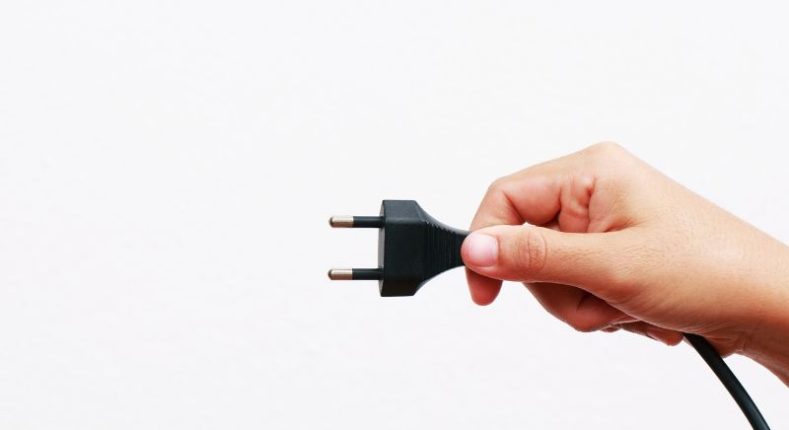Electrical voltage is a fundamental concept in the field of electricity and electronics. In simple terms, voltage refers to the difference in electrical potential between two points in an electrical circuit. This potential difference drives the flow of electric current through conductors and is essential to the operation of many electrical devices and systems in our daily lives.
Definition of Electrical Voltage
Electrical voltage, also known as potential difference, is defined as the electrical potential energy per unit electrical charge. In other words, it represents the force or pressure that drives electrons to move through an electrical conductor. It is measured in volts (V) and is commonly denoted by the letter “V”. A volt is defined as the potential difference required for one ampere of current to flow through a resistance of one ohm.
The concept of voltage is fundamental to understanding how electrical and electronic circuits work. In the next section, we will explore in detail the fundamentals of voltage and its relationship to other elements in an electrical circuit.
Voltage Fundamentals
To fully understand electrical voltage, it is important to explore its fundamentals and how it relates to other elements in an electrical circuit.
Electrical voltage is defined as the difference in electrical potential between two points in a circuit. This potential difference is what drives the flow of electric current. The greater the potential difference between two points, the greater the force with which electrons will move through the conductor.
Units of voltage measurement
Voltage is measured in volts (V). A volt is defined as the potential difference required for one ampere of current to flow through a one-ohm resistor. In addition to the volt, common units of voltage include the kilovolt (kV), megavolt (MV) and microvolt (µV), depending on the magnitude of the voltage in question.
Concept of potential difference
Potential difference is essential to understanding voltage. It refers to the difference in the amount of electrical potential energy per unit charge between two points in an electrical circuit. This difference in energy is what drives the flow of current. The greater the potential difference between two points, the greater the force with which electrons will move from one point to another.
Types of Electrical Voltage
Electrical voltage can manifest itself in different forms, depending on the nature of the power supply and the specific needs of a system. Two of the most common types of voltage are Direct Voltage (DC) and Alternating Voltage (AC).
Direct Voltage (DC)
A direct voltage is one in which the electric current flows in a single constant direction. In a direct voltage circuit, the polarity of the voltage does not change over time. Direct voltage sources include batteries, cells and DC generators.
Direct voltage is essential in electronics, as many devices, such as mobile phones and computers, operate on this type of voltage.
Alternating Voltage (AC)
Unlike direct voltage, alternating voltage is one in which the direction of the electric current changes periodically. In an alternating voltage circuit, the polarity of the voltage is reversed at regular intervals, creating a sinusoidal waveform. Alternating voltage is the type of voltage most commonly used in large-scale electrical power distribution, as it is easier to generate, transmit and distribute efficiently over long distances.
Household sockets provide alternating voltage, usually 110V or 220V, depending on the region.
Differences and Applications
Both types of voltage have their own distinctive applications and characteristics. Direct voltage is suitable for applications that require a constant and stable power source, while alternating voltage is more suitable for efficient transmission of power over long distances and its subsequent conversion to different voltage levels according to the needs of the end user.
How is voltage measured?
Accurate voltage measurement is essential to ensure the safe and efficient operation of electrical and electronic systems. Specialised instruments called voltmeters are used to measure voltage. These devices are designed to detect and measure the difference in electrical potential between two points in a circuit.
Voltage Measuring Instruments
Voltmeters can be analogue or digital, and are available in a variety of measurement ranges to suit different voltage quantities. Multimeters are versatile instruments that can measure voltage, current and resistance, among other electrical quantities. Digital voltmeters are generally more accurate and easier to read than their analogue counterparts.
Measurement Procedure
To measure voltage with a voltmeter, connect the tips of the instrument to the two points between which you want to measure the potential difference. It is important to select the proper measuring range on the voltmeter to avoid damage to the instrument and to obtain an accurate voltage reading.
How is the electrical voltage calculated?
Ohm’s law establishes a fundamental relationship between voltage (V), current (I) and resistance (R) in an electrical circuit. This law is expressed by the formula:
V=I×R
Where:
- V is the electrical voltage in volts (V).
- I is the electric current in amperes (A).
- R is the electrical resistance in ohms (Ω).
To calculate the electrical voltage in a circuit, we simply multiply the electrical current flowing through that circuit by the total resistance of the circuit.
For example, if we have a circuit with a current of 2 amps and a resistance of 10 ohms, we can calculate the electrical voltage using Ohm’s law formula:
V=2A×10Ω=20V
Therefore, in this example, the electrical voltage in the circuit would be 20 volts.
Ohm’s law is a fundamental tool in the analysis and design of electrical circuits, as it allows us to calculate the voltage, current or resistance as a function of the other two known variables in the circuit.
Discover the Potential of Solar Energy!
Interested in exploring the potential of solar energy for your home or business? Contact us today! At SolarMente, our solar experts can provide you with personalised advice and tailor-made solutions to make the most of the benefits of solar energy.
Take the first step towards a greener and more sustainable future! Contact us now for a free consultation.
Harness the power of the sun and make your home more sustainable with SolarMente!















